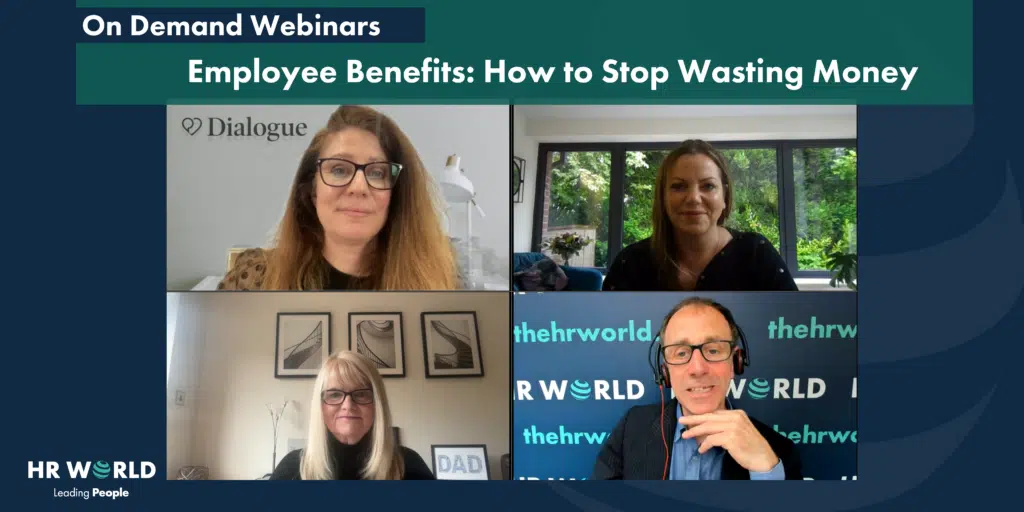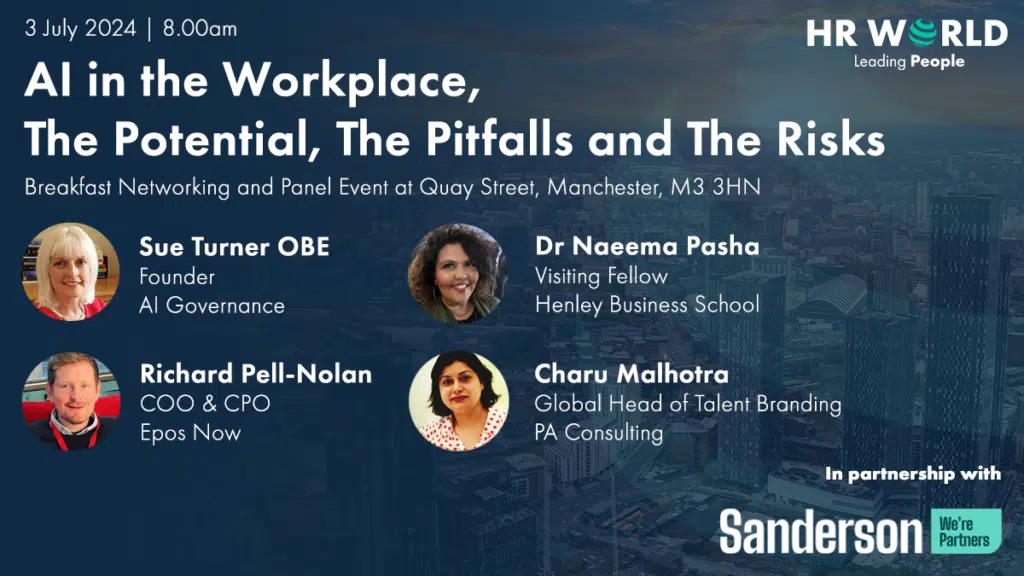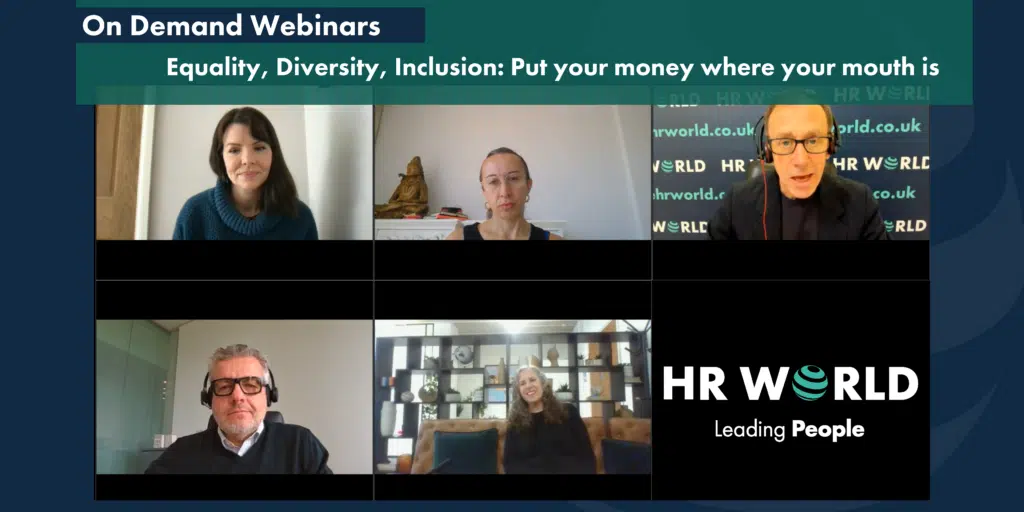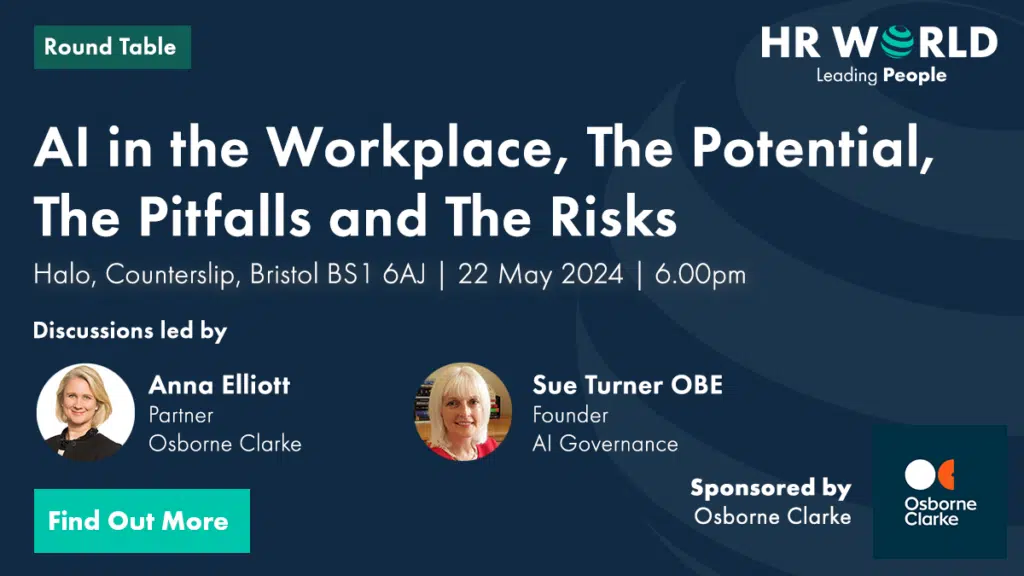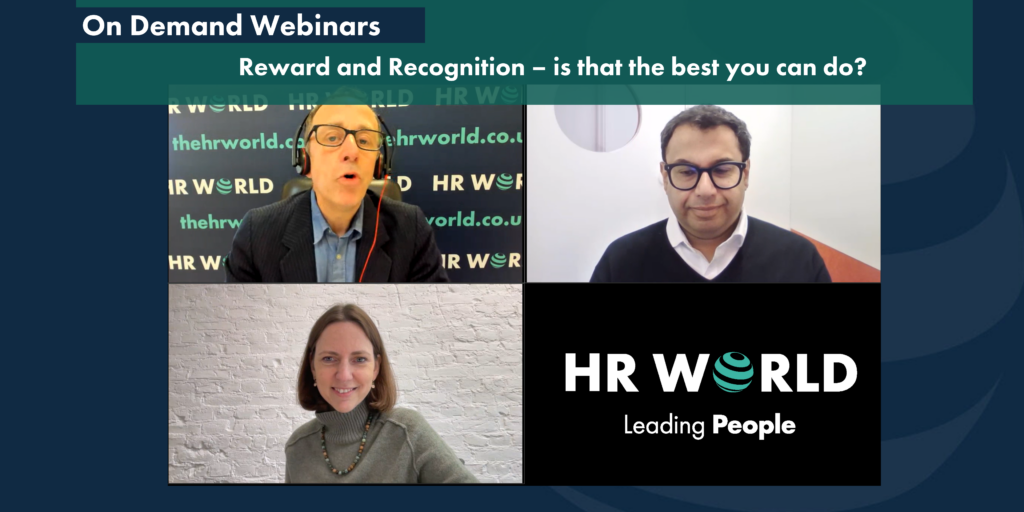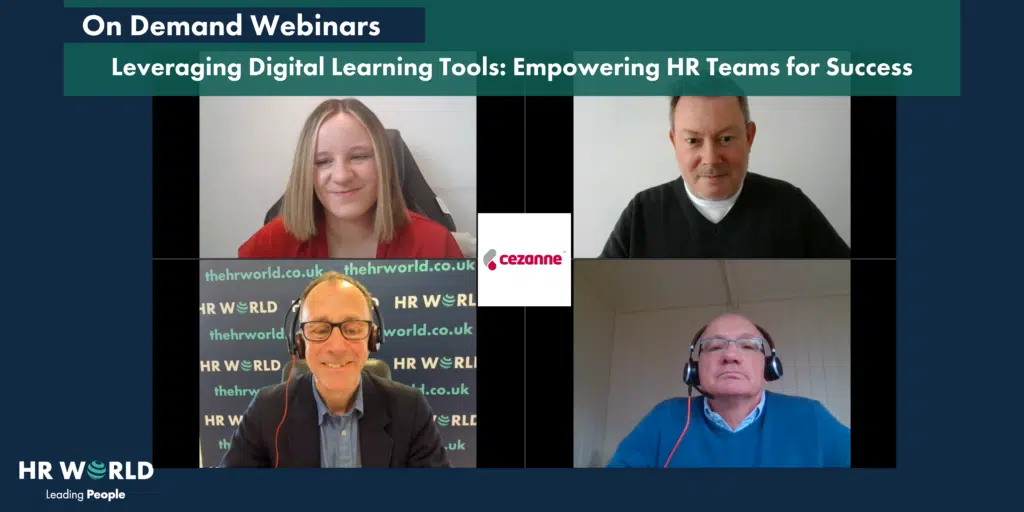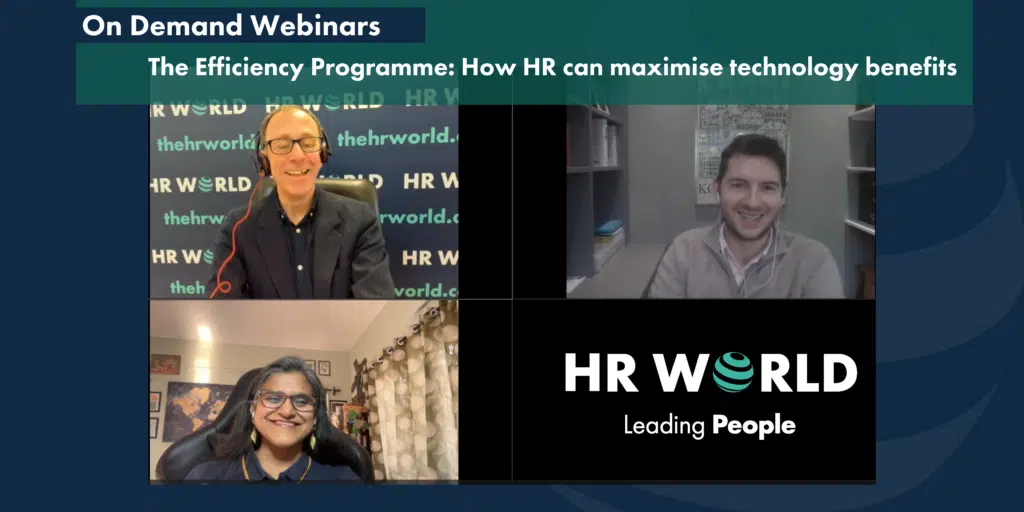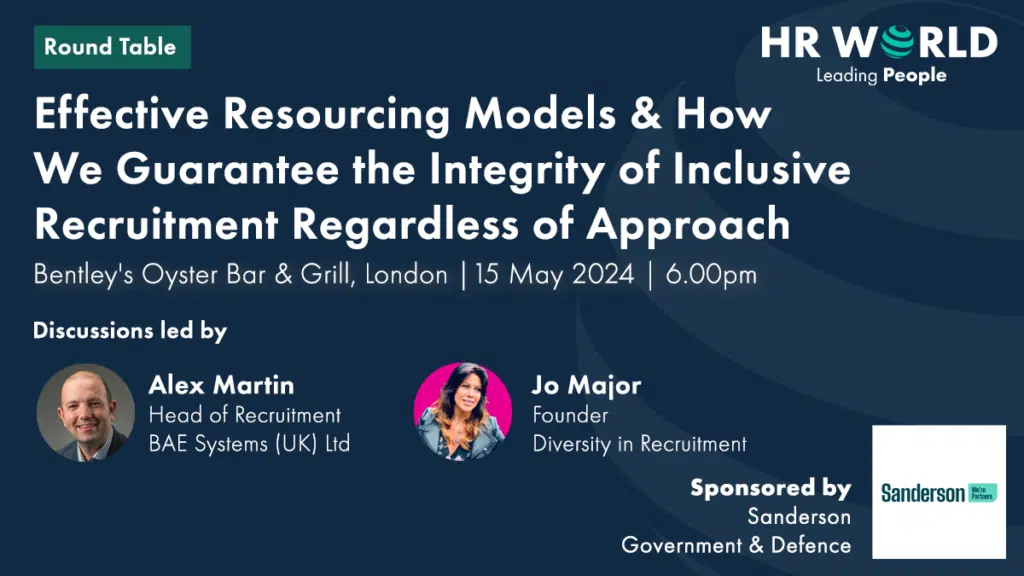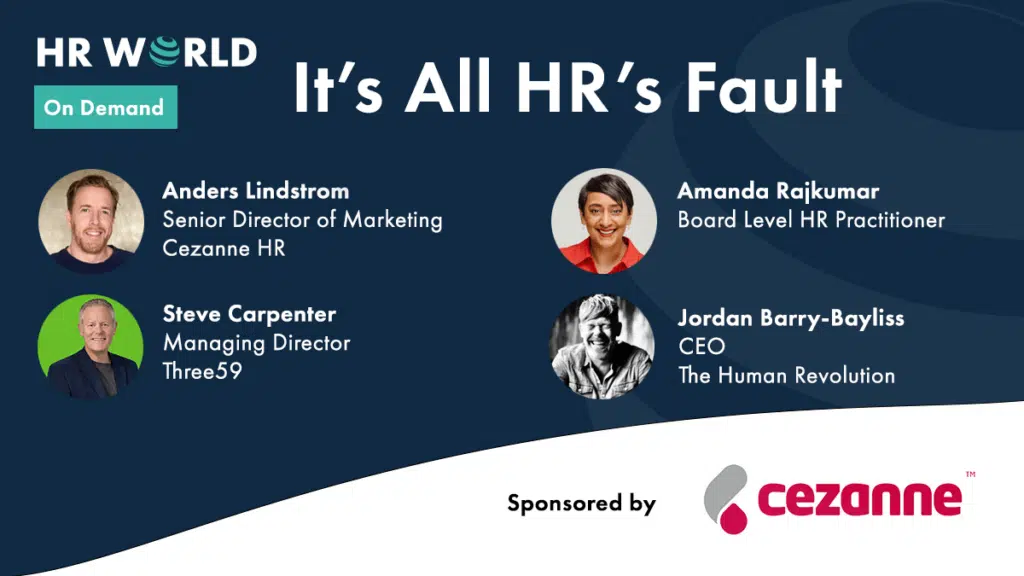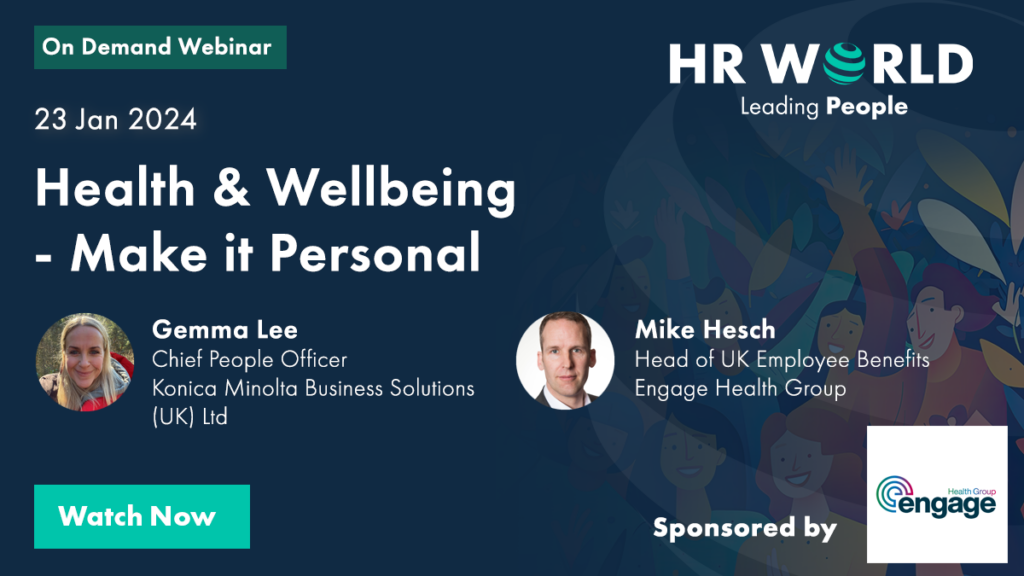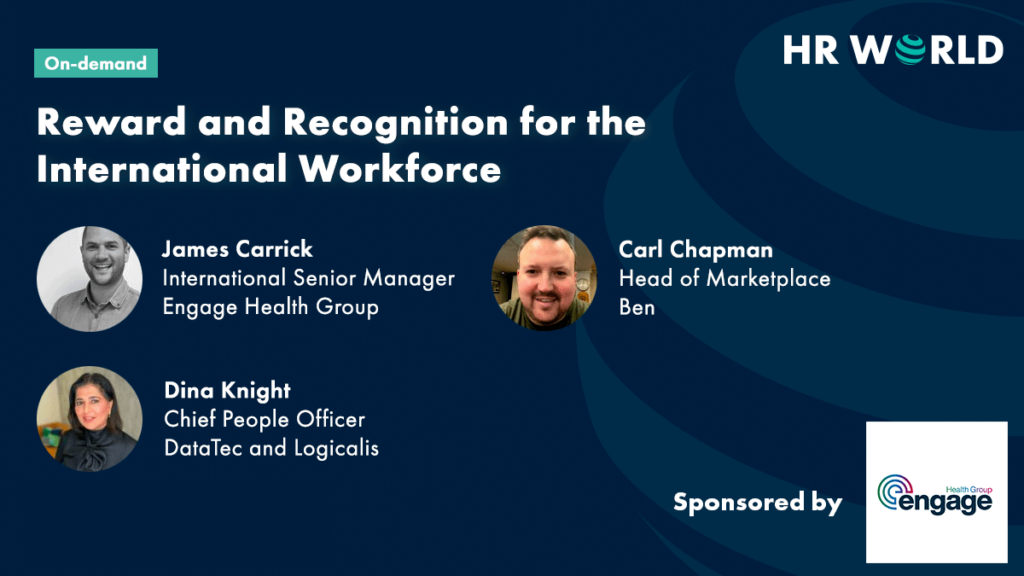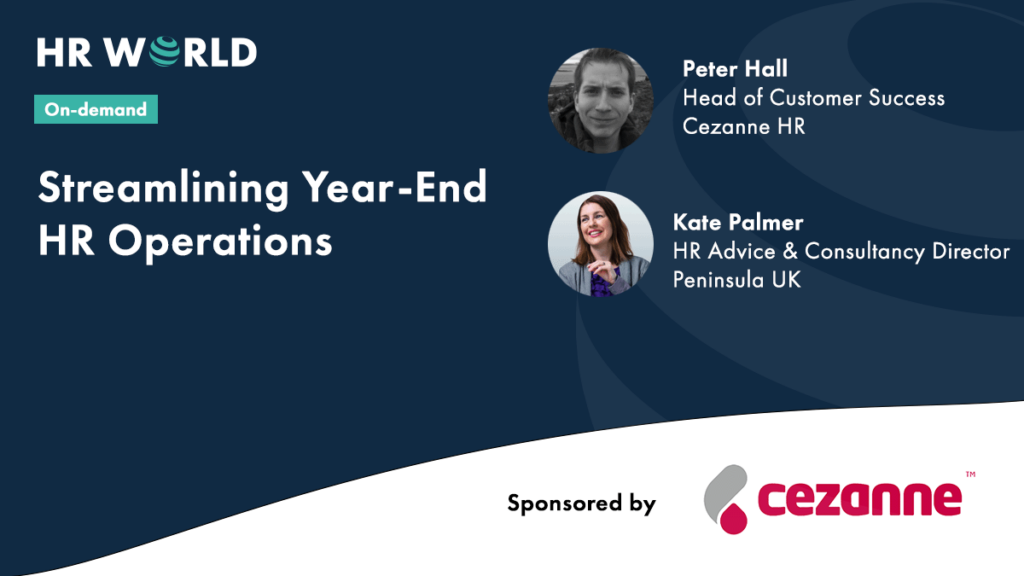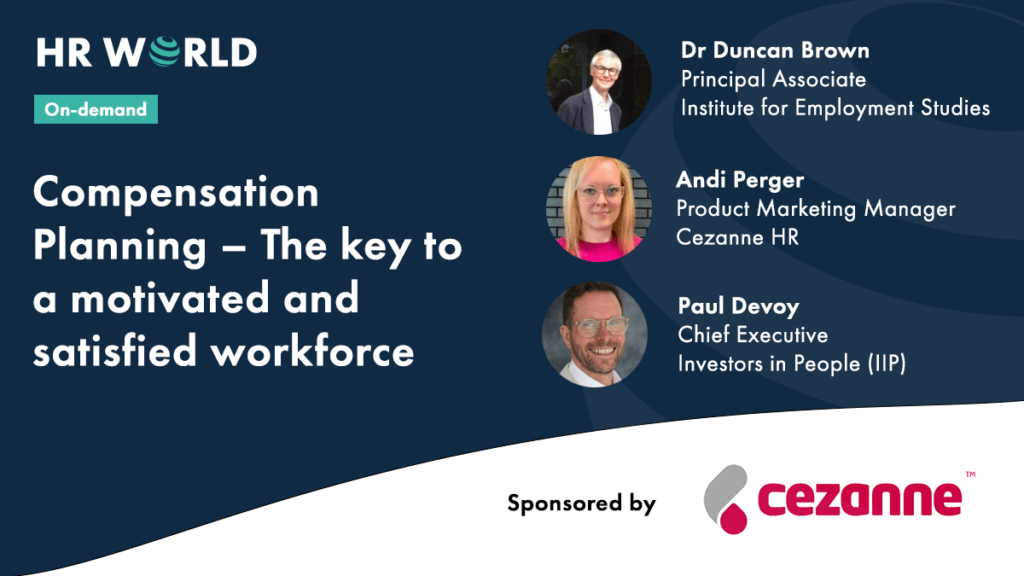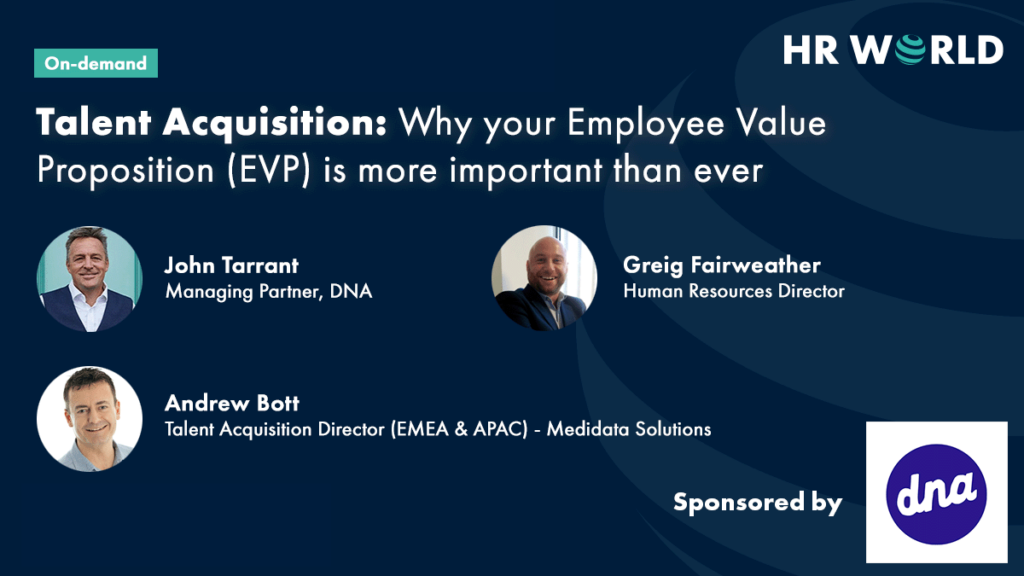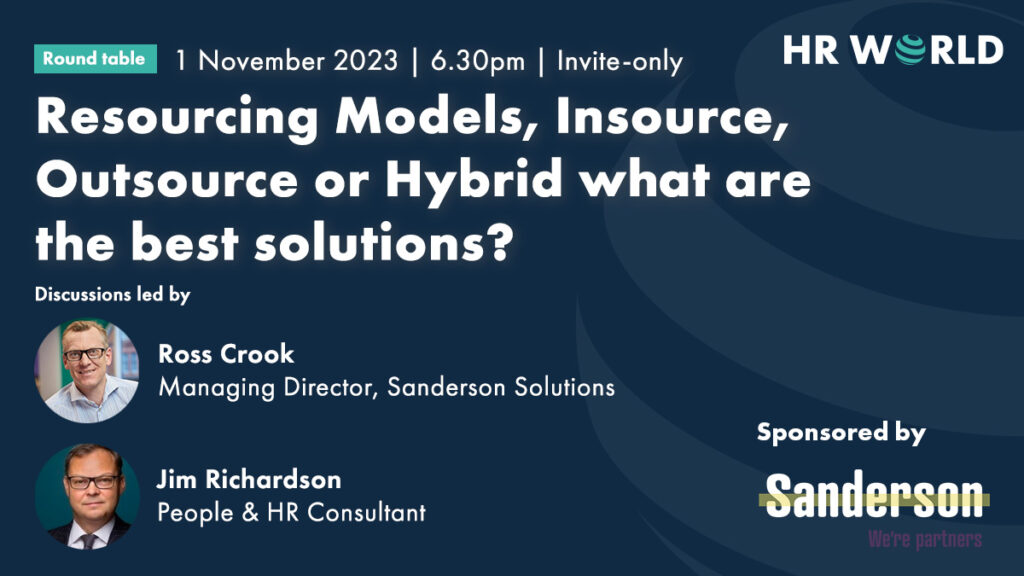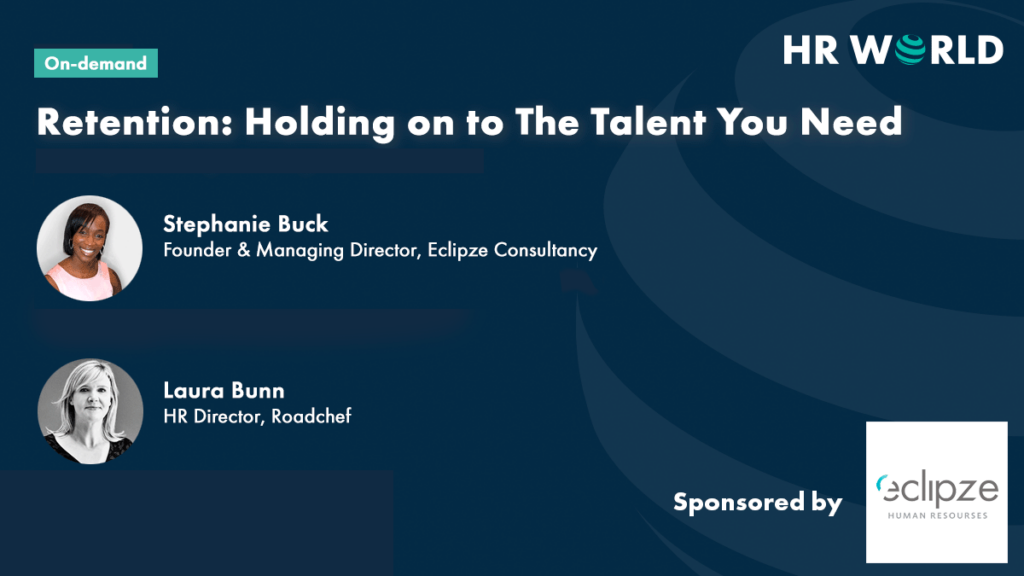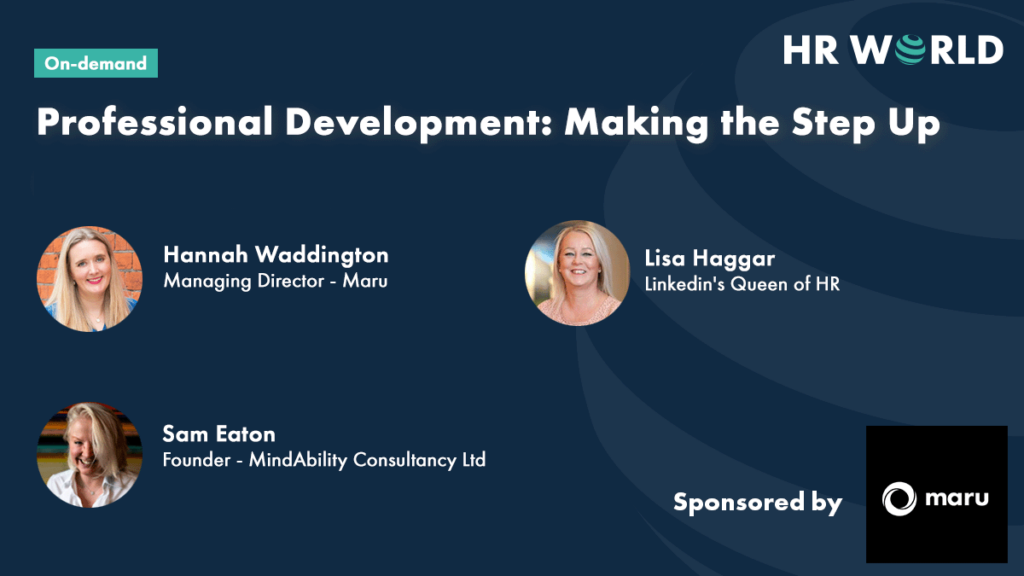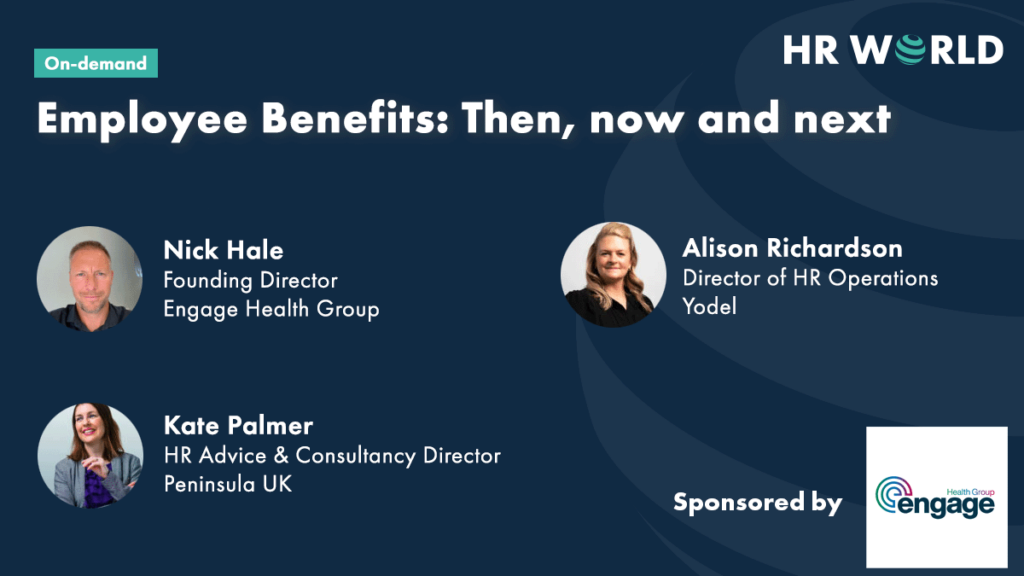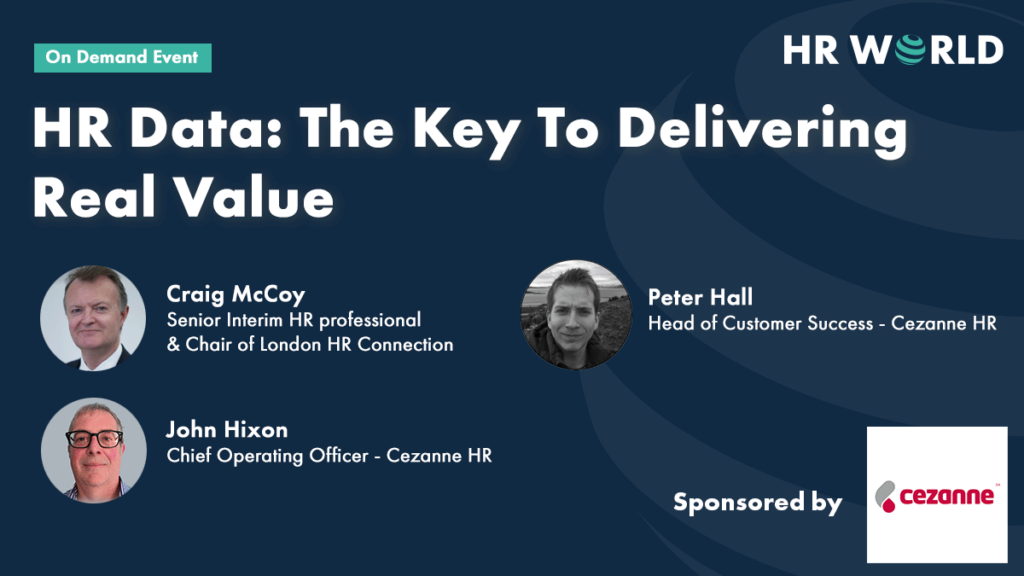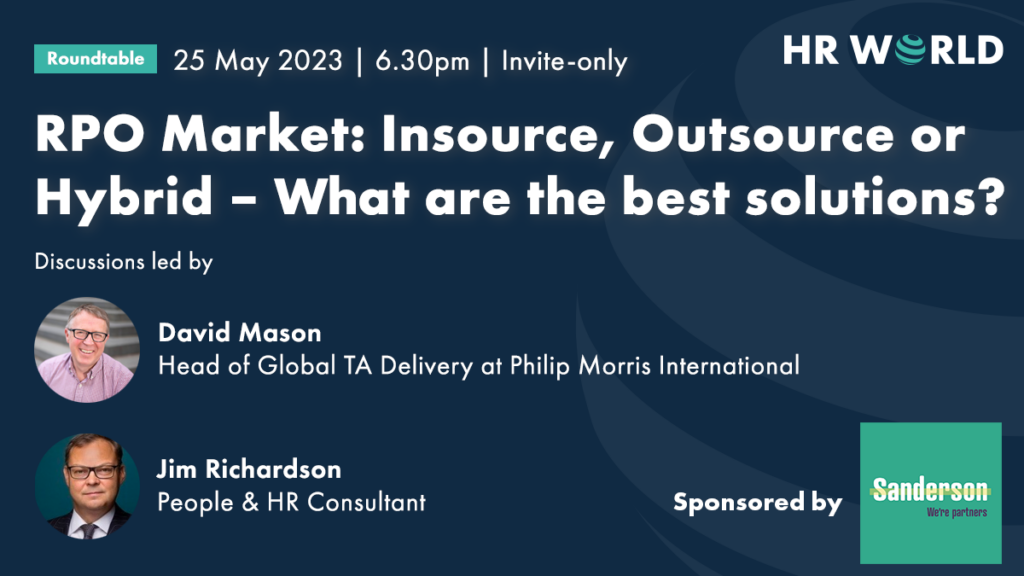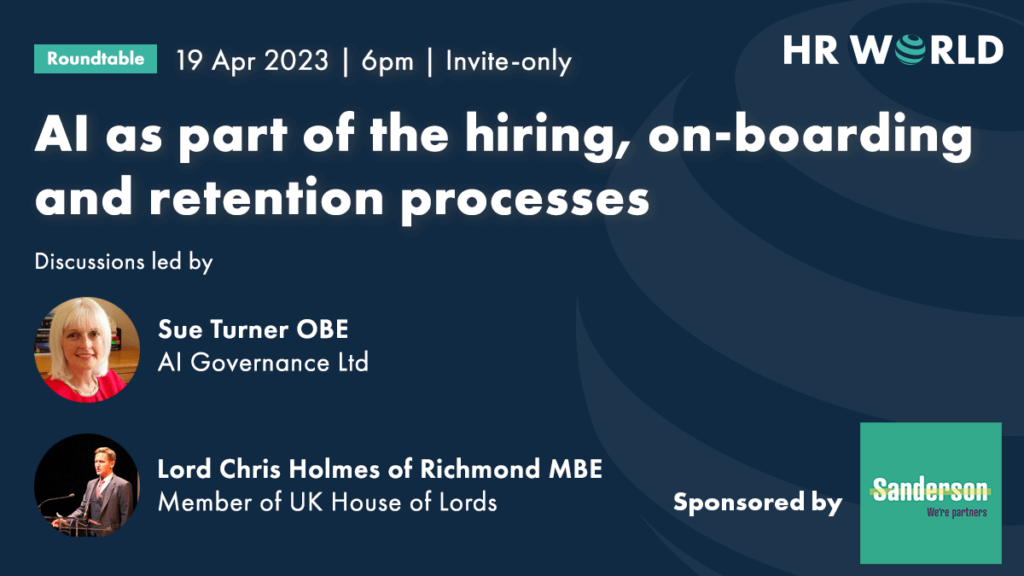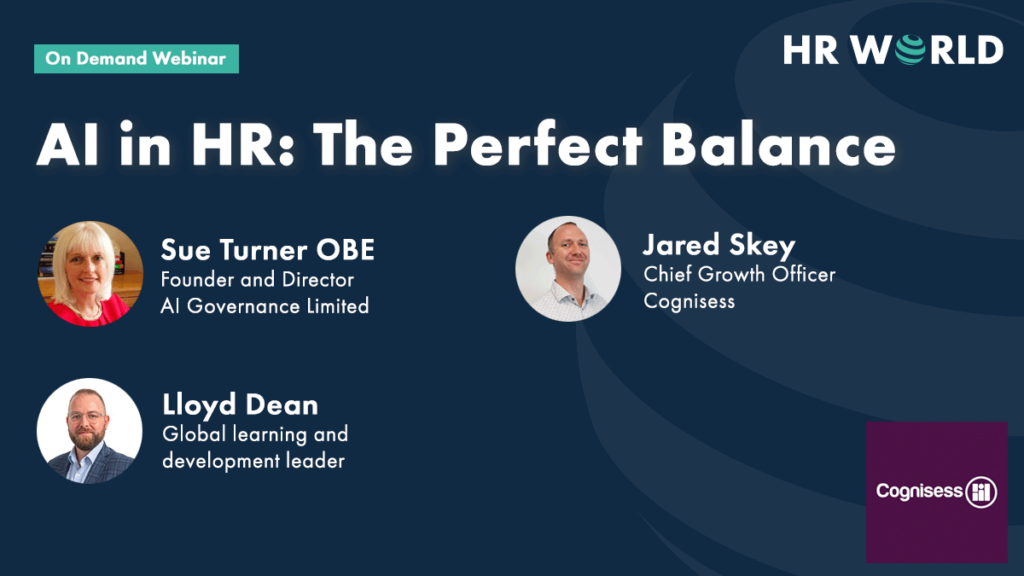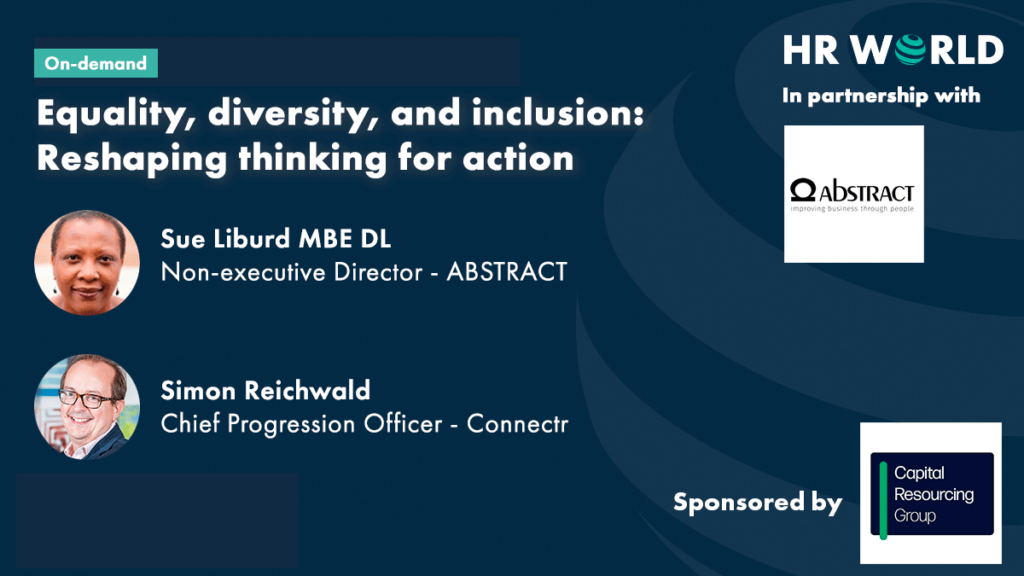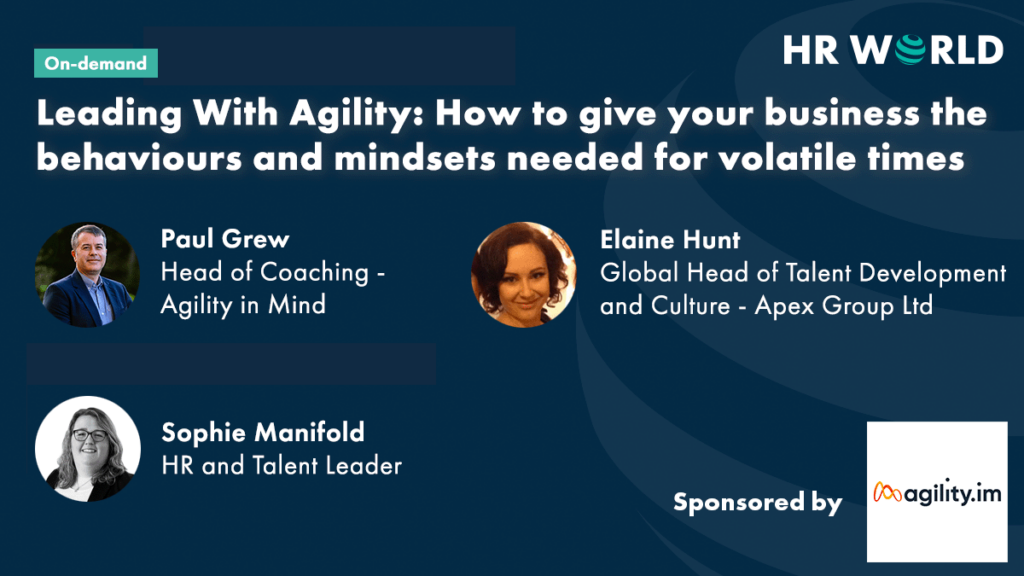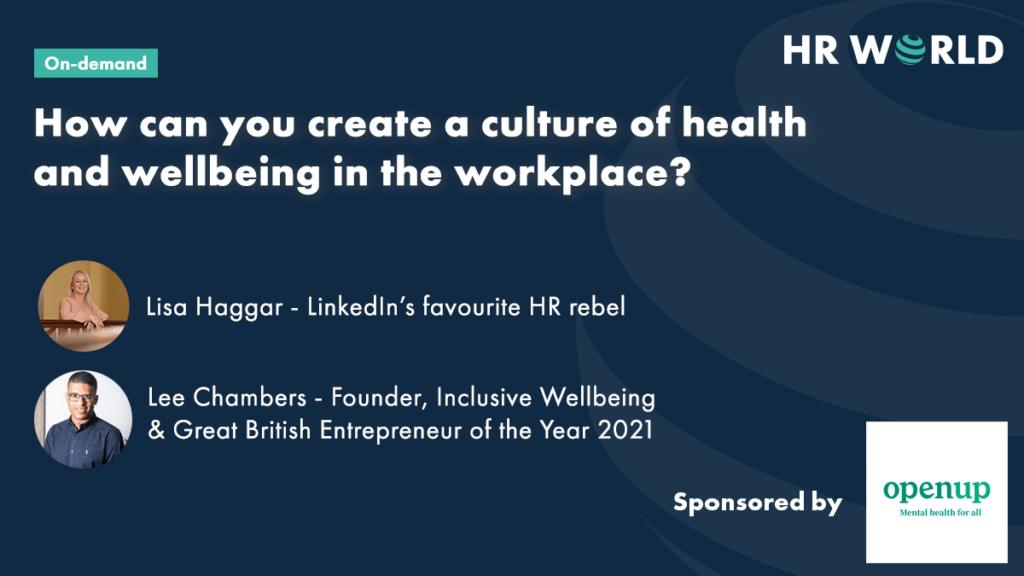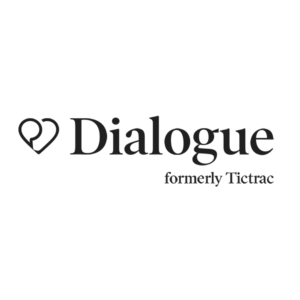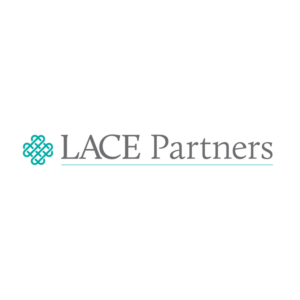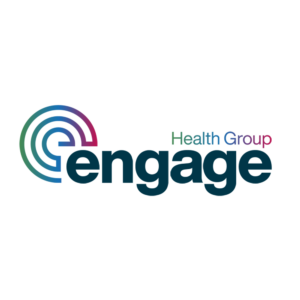Home » Knowledge Hub » Learning and Development » Q&A: Leading With Agility
Q&A: Leading With Agility
28 February 2023 Learning and Development
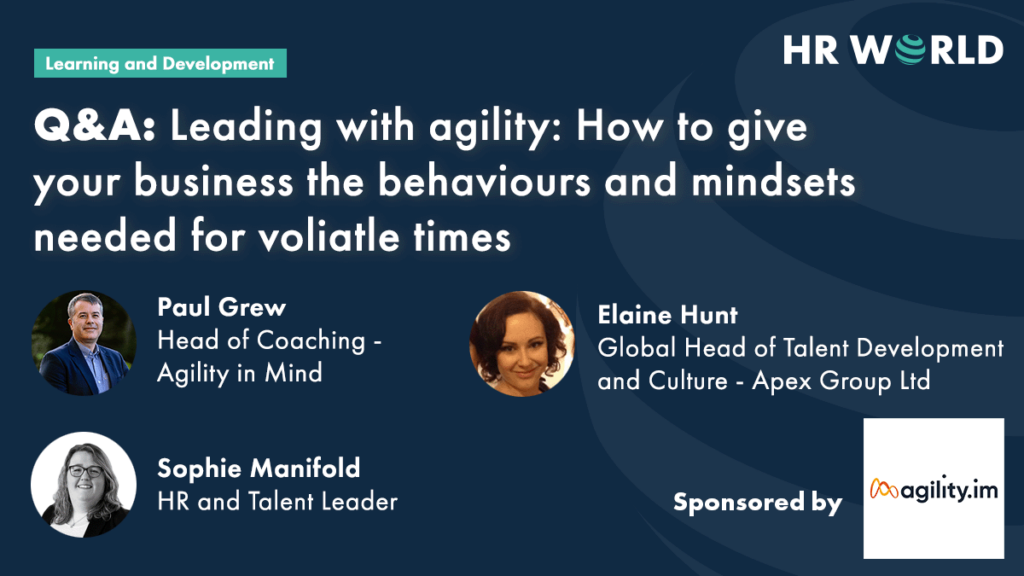
In February, The HR World’s webinar tied into the theme of Learning and Development with a discussion between Paul Grew, Head of Coaching at Agility in Mind, Elaine Hunt, Global Head of Talent Development and Culture for Apex Group Ltd and Sophie Manifold, HR and Talent Leader currently consulting for the British Red Cross.
The session was sponsored by Agility in Mind who work with companies to introduce the agile skills their businesses need.
While the webinar provided some fantastic talking points with some great examples of the impact of agile being put forward by all three participants, viewers of the webinar put forward some additional questions which are answered by Paul Grew below.
1: How do you know if your business has the agile skills it needs? Is there any way of ‘measuring’ agility in an organisation or are there clear signs if you’re not being agile enough?
Paul Grew: There are many indicators of agility and the exact choice will depend on the organisation and market. However, if you have higher customer satisfaction, faster time to market, increasing market share and better customer insights, than your competition then it is likely you are agile enough to be competitive in the current market.
The skills of people within your business are one of the key routes to achieving agility. Agile skills in practices such as Scrum and Kanban are typically obtained by accredited classes and often come with certifications. Many organisations that we have helped have developed their own agile academies to ensure there are is a tipping point of individuals adopting the required skills.
Measuring the adoption of agile principles Is much more subjective which is why Agility In Mind developed its agile leadership scorecard. It will give you a very quick way to assess the agile leadership behaviours of your organisation.
2: Is agility for everyone? Are there some employees who simply can’t be agile or shouldn’t be expected to have this approach – either through their position in a company or because of their personal work-style?
Paul Grew: Firstly it’s worth noting that agility shouldn’t mean:
- Chaos where everything is different each time you come into work
- Sloppy rushed work applying little or no standards
- Randomly hopping from one initiative to the next without achieving anything
- Individuals burning out because they can’t comprehend the complexity of what they’re working on
Applying a specific agile framework like Scrum to an inappropriate work stream such as technical support
Done well agility is often highly focused and disciplined approach to value creation:
– Work has clear goals and outcomes
– People work in supportive cross functional self-managing teams
– Individuals and teams learn and improve continuously
– Teams take accountability for their work
Experience has shown that individuals with the following traits often struggle in an agile environment:
- Want to work on their own rather than in a team environment
- Dislike transparency and don’t want accountability
- Have poor standards
- Just want to be told what to do
An agile mindset can be beneficial to everyone, given the right training and support. Where there is reluctance to adopt agile practices, two things to check would be:
- Is the change being introduced effectively?
- Are the objections drawing attention to an existing, underlying problem that should be addressed first?
Agility in Mind have designed the Agile Leadership Scorecard to show a leadership team’s blind spots and give a better understanding of areas that could be improved.
Users of the Scorecard receive their results instantly, get free actionable steps and are able to book a free consultation to see how Agility in Mind can help.
This is just one of the ways in which the company works to deliver impactful change for businesses, shifting the mindset of individuals that leads to new behaviours and actions.


